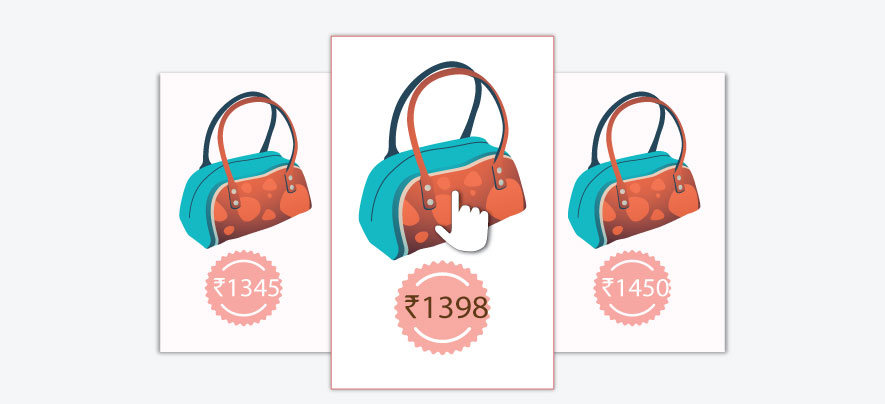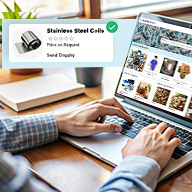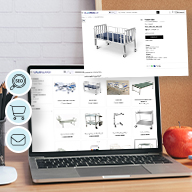Decoding Psychological Pricing

Marketing
514 week ago — 4 min read
Have you ever wondered how companies and retailers set their prices? In economic terms, prices are determined by demand and supply. Other factors contributing to price are cost of production, transportation, rent, nature of product (is it a luxury product) etc. Another interesting facet of pricing a product is ‘psychological pricing’.
Psychological pricing focuses on the customer's emotional disposition to enhance sales. By pricing products strategically, a company may increase sales without significantly reducing prices. In some cases, a higher price is actually more likely to increase sales.
Psychological pricing is a tool that retailers can use to increase the chances that a customer will make a purchase. Psychological pricing is based on the customer's assessment of a product's price. Instead of appealing to the rational side of the consumer, this strategy appeals to their emotional side. Types of psychological pricing include:
- Charm pricing
Charm pricing takes advantage of the pricing strategy to make a product more appealing solely because of its listed price.
Retailers employ other charm pricing techniques. An odd value of Rs 154 makes it seem like the product is being sold to you as cheaply as possible. On the other hand, luxury brands embrace rounded off price tags like Rs 5000 to convey they do not need to resort to any gimmicks to make their products desirable. - Buy one, get one free
Most people love free stuff. Amazon understands this and effectively leverages its free shipping feature. Many stores draw customers using the ‘Buy One, Get One Free’ offer that is hard to resist for most shoppers. - Anchored pricing
Anchored pricing is cleverly convincing customers that they are getting a better deal using relative value. For instance, by introducing a premium option to a standard product, customers will find the standard has more value when compared to a more expensive product with extra features. Therefore, customers are more likely to purchase the original with the expensive anchor in the back of their mind. Software companies use this strategy very cleverly. By offering a deluxe package with a bunch of features, the standard and cheaper option seems like a great deal comparison. - Flash sales
Flash sales are a very effective psychological tool, as they convey exclusivity in addition to urgency. Flash sale refers to the phenomena where in a very short period of time a store sells products at much lower prices than usual. Many online shopping portals effectively leverage flash sales. In this model, a website offers a single product for sale for a period of 24 to 36 hours. This is a good way to keep the inventory moving. - Bundling to reduce purchasing pain
To get customers to spend more, bundling goods can be effective. McDonald’s does this effectively in its Value Meal pricing. Selling in bundles is a lot like selling in bulk. You group more products together and offer a marginal discount on the unit price in return.
The psychological pricing method helps to create an impression of a brand without making significant changes to the product. By just revising your pricing structure can make your product seem like a great bargain or increase the luxury quotient of the product. One can experiment with various psychological pricing methods to help find a price point that boosts sales.
Posted by
GlobalLinker StaffWe are a team of experienced industry professionals committed to sharing our knowledge and skills with small & medium enterprises.
Most read this week
Trending
Ecommerce 2 days ago














Comments
Please login or Register to join the discussion